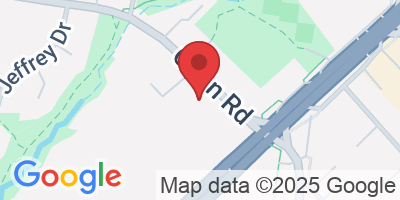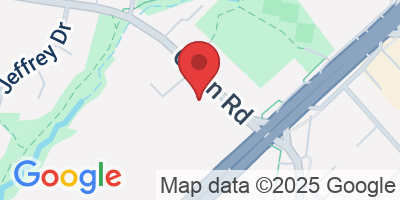Everything An Athlete Needs
In One Place
Our Strength and Conditioning Gym & Sports Rehab Facilities In Bundoora & Ringwood Help You Get Back To Sport & Maximise Your Performance

Excellent coaching and great programs set made for improving performance in your chosen sport, good facility and awesome vibes. - Angus
You Play Sport,
We Do The Rest.
Our Performance Consultants Are In The Corner Of Every Aspiring Athlete. We Provide A Complete System For Sports Performance, With Strength & Conditioning, Sports Physiotherapy, Concussion Management and Recovery Services At Our Facility.
Our Physios Have Been Trusted By

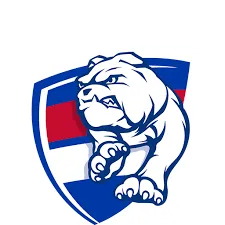
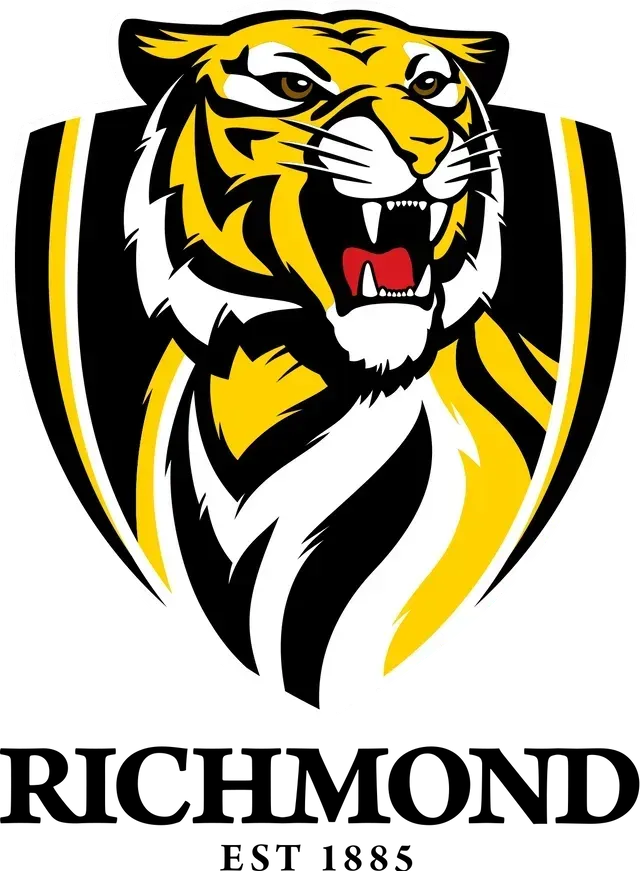
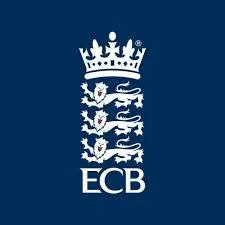


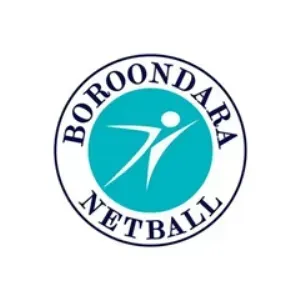






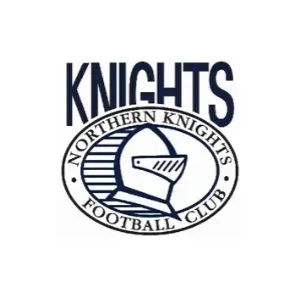















01

Athlete Performance Program
High Performance Training Throughout Your Entire Season.

Sports Physio
Sport Specific Injury Management & Prevention


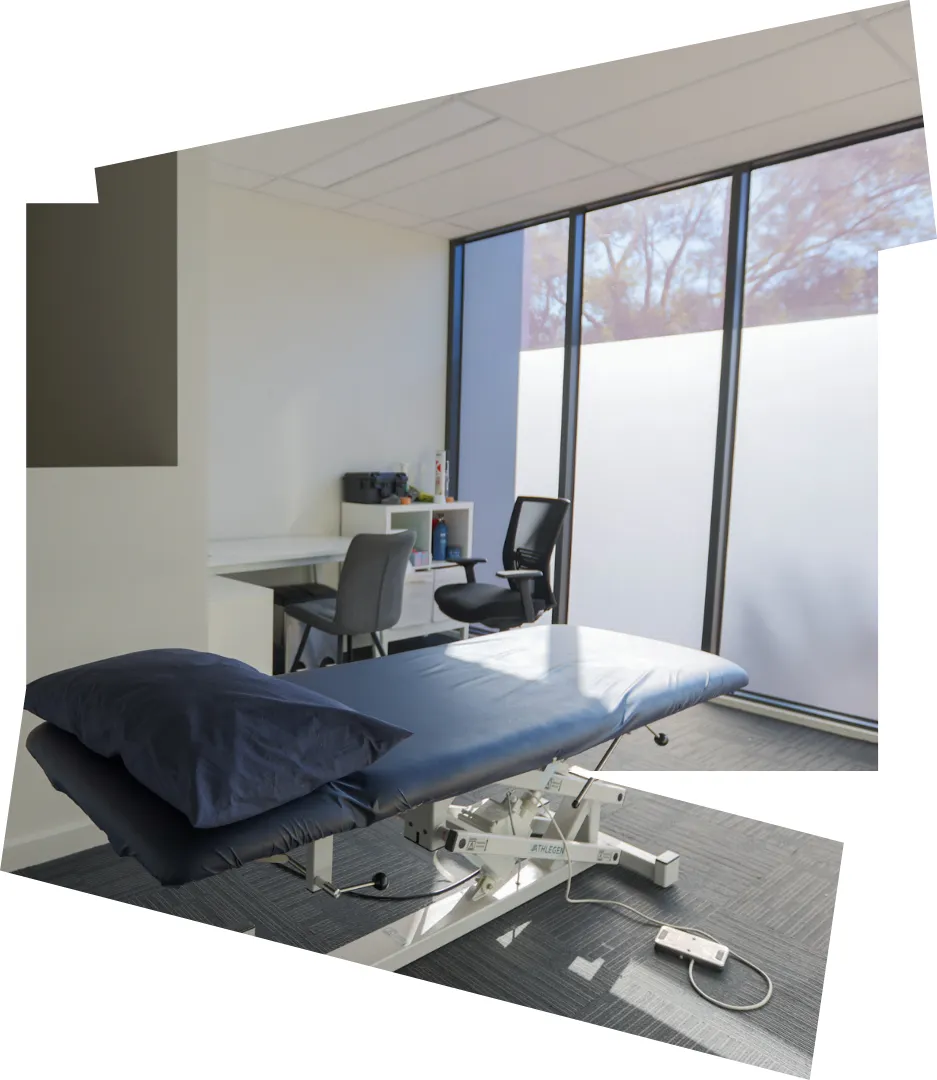

03

Concussion Clinic
Keeping Your Brain Safe With Up To Revolutionary Concussion Care
01

Athlete Performance Program
High Performance Training Throughout Your Entire Season.
02

Sports Physio
Sport Specific Injury Management & Prevention
03

Concussion Clinic
Keeping Your Brain Safe With Up To Revolutionary Concussion Care
Performance is for all of us.
We offer comprehensive coaching, team support, and science-backed tools to enhance every facet of life for all those we serve.
200+
5 Star Google Reviews
2000+
Athletes Coached
15+
Professional Athletes
Pivot Sports Performance
Coaches prepare you and your teams for workplace success.
With our experts and your commitment, athletes at our Bundoora & Ringwood facilities will excel in sports performance.
Testimonial
Here's What People Are Saying
Blogs
Latest and Greatest
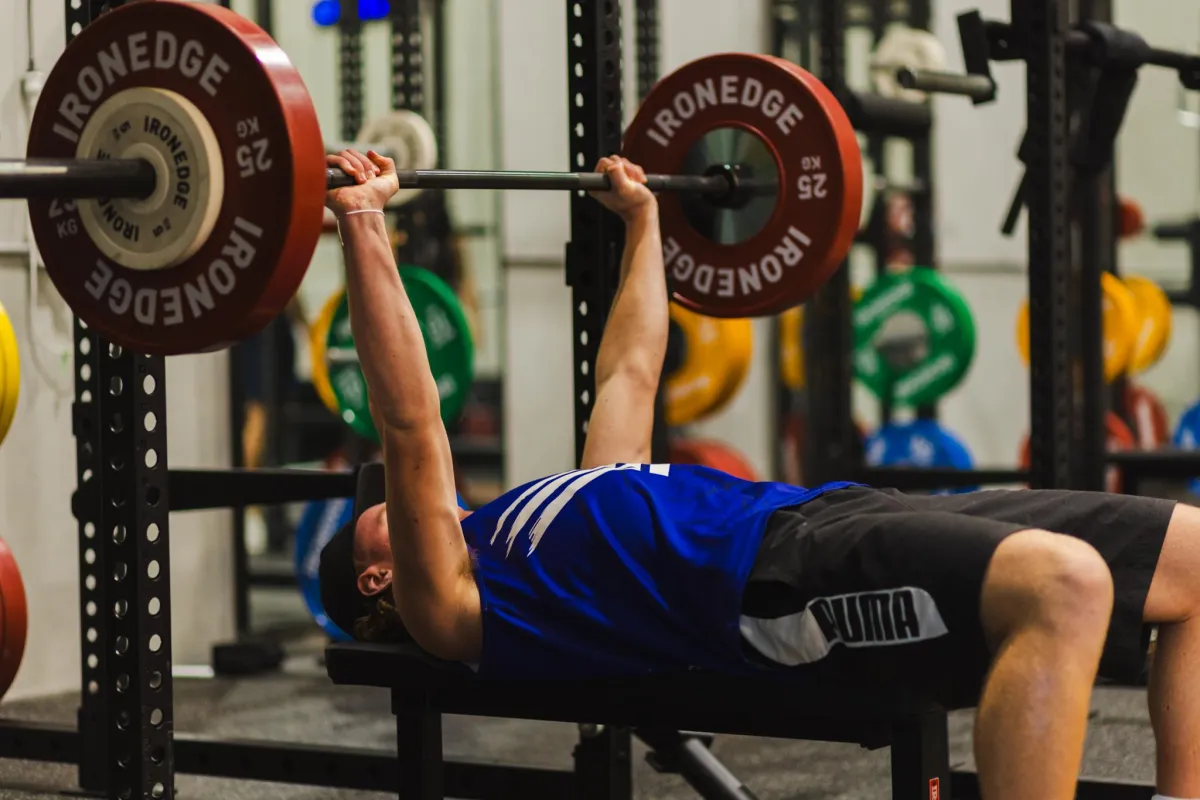
Shoulder Dislocation Rehab for Field Athletes | Return-to-Play Guide
Shoulder Dislocation Rehab: Preventing Recurrence in Field Sport Athletes
Introduction: Shoulder dislocations are a common field sport shoulder injury that can sideline athletes and threaten future performance. The shoulder joint’s extreme mobility makes it prone to instability, and returning to play too soon after a dislocation can lead to re-injury. A comprehensive shoulder dislocation rehab program is essential for full recovery and to prevent the shoulder from popping out again. This post outlines how field sport athletes can rehabilitate a dislocated shoulder – focusing on strength training, proprioceptive drills, sport-specific reloading – and meet key return-to-play benchmarks for a safe comeback.
Initial Recovery and Strength Rehabilitation
After a dislocation, the first step is reducing the joint (putting the shoulder back in place) and allowing initial healing. Typically the shoulder is immobilised in a sling for a short period (1–2 weeks) to protect injured tissues and manage pain and swelling. During this early phase, gentle range-of-motion exercises (like pendulums and assisted movements) begin as soon as tolerated to prevent stiffness. Once pain subsides, structured shoulder instability recovery can progress to active rehabilitation.
Strength Training for Stability: Regaining strength in the shoulder muscles is a cornerstone of shoulder dislocation rehab. Focus on the rotator cuff and scapular stabilisers, as these muscles help keep the ball-and-socket joint secure. Start with isometric exercises (gentle muscle contractions without movement) and light resistance band work, then gradually increase resistance. For example, external and internal rotation exercises with a resistance band strengthen the rotator cuff, while scapular retraction exercises (like rows and “push-ups plus”) target the shoulder blade muscles. Strengthening these supporting muscles restores stability to the shoulder joint and reduces the risk of it giving out again. Training should be progressive – as strength improves, exercises become more challenging (heavier resistance, more repetitions) to continue building resilience.
Proprioceptive and Neuromuscular Drills
A shoulder dislocation can disrupt proprioception – the joint’s sense of position and movement – which is crucial for dynamic stability. Thus, rehab must include drills that retrain the shoulder’s neuromuscular control. Proprioceptive exercises teach the body to react and stabilise the shoulder subconsciously during activity, helping prevent sudden slips or re-dislocations.
Balance and Stability Exercises: Weight-bearing exercises are especially effective for improving shoulder stability and proprioception. For example, closed-chain drills like quadruped (on hands and knees) positions, planks, or wall push-ups encourage co-contraction of the shoulder muscles and gentle joint compression, which heightens joint awareness. One simple drill is placing hands on a wall and gently shifting weight side-to-side or in circles; this challenges the shoulder to stabilise in various directions. As strength grows, athletes progress to more advanced moves such as bird-dog (lifting one arm and the opposite leg from hands-and-knees) or plank with shoulder taps. These exercises improve not only strength but also the reflexes and confidence in the shoulder’s stability through gradual loading.
Reactive and Plyometric Drills: In later rehab stages, adding plyometric and reactive exercises further boosts neuromuscular control. Examples include medicine ball tosses against a wall, catching and throwing drills, or using a rebounder to simulate throwing and catching. These exercises train the shoulder to handle quick movements and perturbations. Field sport athletes – especially those in contact sports – will benefit from these advanced drills, as they mimic the unpredictable forces during gameplay. For instance, a rugby player might do controlled tackling simulations onto a padded surface once basic strength is restored. The goal is to bridge the gap between basic rehab and the high demands of field sports: eventually incorporating power and reactive exercises to prepare for competitive play.
Sport-Specific Reloading
Every sport imposes unique stresses on the shoulder. Sport-specific reloading means gradually re-introducing movements and skills from the athlete’s sport into rehabilitation. This phase comes after the athlete has a foundation of strength and good shoulder stability. For a football or rugby player, sport-specific drills might include practicing overhead catches, grappling, or controlled contact drills with teammates or coaches. For a soccer goalkeeper, it could involve diving drills or throwing the ball overhead, while an Australian rules football player might practice high marks (jumping catches) and being bumped mid-air.
The progression should be systematic: start with non-contact or low-intensity drills, then build up to full-intensity, game-like scenarios. Ensure proper technique during these drills to avoid placing the shoulder in vulnerable positions. Athletes often begin with walkthroughs or shadow drills (no opponents), then progress to semi-contact practice, and finally full contact. This graded exposure helps the athlete relearn sport movements with confidence in the previously injured shoulder. Throughout this reloading phase, continue maintenance strengthening and flexibility exercises so the shoulder can handle increased loads. By the end of this stage, the athlete should be performing all essential sport actions (throwing, tackling, falling on the shoulder, etc.) without pain or instability.
Return to Play After Shoulder Dislocation: Key Benchmarks
Clearing an athlete to return to play (RTP) after a shoulder dislocation is a careful decision based on specific benchmarks rather than just time since injury. Rushing back too soon greatly increases the chance of recurrence and can set the athlete back further. Field sport athletes, eager to rejoin the team, should objectively demonstrate that their shoulder is ready. Here are key RTP criteria for shoulder instability recovery:
Full, pain-free range of motion: The athlete should have symmetric shoulder mobility compared to the uninjured side (able to move the arm in all directions without pain). Any stiffness or limited motion can alter mechanics and increase injury risk.
Near-normal strength: Strength in the injured shoulder should be at least 80–90% of the opposite shoulder, particularly in the rotator cuff and scapular muscles. For example, one guideline allows return when an athlete has >80% of contralateral strength and no pain. This ensures the shoulder can handle the forces of sport without buckling.
Stability and no apprehension: The athlete should not experience a sense of instability, slipping, or apprehension when performing aggressive movements. Clinical tests for shoulder stability (like an anterior apprehension test) should be negative. The shoulder must feel stable during sport-specific motions and any contact.
Functional sport testing: Ideally, the athlete completes practice drills at full speed without symptoms. They might undergo specific functional tests (e.g. a push-up test, upper limb closed-chain stability test, or simulated sport maneuvers). If the sport involves contact, the athlete should withstand controlled collisions in practice.
Confidence and no fear of re-injury: Mental readiness is crucial. The athlete should be confident in using the shoulder without hesitation. Fear of re-dislocating (kinesiophobia) can itself hinder performance and needs to be addressed in rehab before true return to play
Meeting these benchmarks typically occurs after several weeks of rehab for a first-time dislocation managed non-surgically. Many athletes can return in around 4–6 weeks without surgery if they have regained full motion and strength and their sport is non-contact. However, in contact sports, a more conservative approach is wise. Some experts recommend at least 3 months for younger athletes in collision sports, given their higher recurrence risk. Importantly, time alone should not be the deciding factor – the athlete must pass the objective criteria above. Studies have shown that stopping rehab too early (under 6 months) led to significantly higher re-injury rates than those who continued rehab longer. Patience during rehabilitation pays off with a more stable shoulder.
Preventing Recurrence and Long-Term Shoulder Stability
Even after returning to play, field sport athletes must remain proactive to prevent recurrent shoulder dislocations. Continuation of strengthening and stability exercises as part of routine conditioning is highly recommended. A maintenance program focusing on rotator cuff, scapular muscles, and proprioceptive drills (like weekly stability circuits or warm-up with bands) can keep the shoulder robust. Many athletes integrate these into their normal gym workouts or pre-practice routines to reinforce shoulder stability.
In high-risk sports (rugby, football, etc.), some athletes use additional supports such as shoulder braces or taping during games. While these cannot guarantee prevention, they may provide extra stability or at least remind the athlete to be cautious in vulnerable positions. Good tackling and falling technique (e.g. not landing with an outstretched arm) should be emphasised to minimise risky impacts on the shoulder.
Lastly, recognise warning signs of instability – if an athlete starts feeling that familiar “looseness” or minor subluxations (partial slips), they should report it and possibly scale back to reinforce rehab. Recurrent shoulder dislocations often indicate significant damage to stabilising structures. If despite rigorous rehab an athlete continues to suffer dislocations or a feeling of instability, it may be time to consult an orthopedic specialist. In some cases, surgical stabilisation is indicated to repair torn ligaments or bone injuries and definitively prevent recurrence (this will be discussed in the next post). However, many field sport athletes can avoid surgery through diligent rehabilitation and smart return-to-play strategies.
Conclusion: Recovering from a shoulder dislocation requires a balance of patience, hard work, and careful progression. Field sport athletes should address strength, stability, and sport-specific skills in their rehab, rather than simply waiting out a timeline. By meeting clear return-to-play benchmarks and continuing preventive exercises, athletes can confidently return to competition with a strong, stable shoulder. Comprehensive shoulder dislocation rehab not only heals the current injury but also builds resilience to keep that shoulder in the game for the long run.

Download Your
High Performance Hacks Here
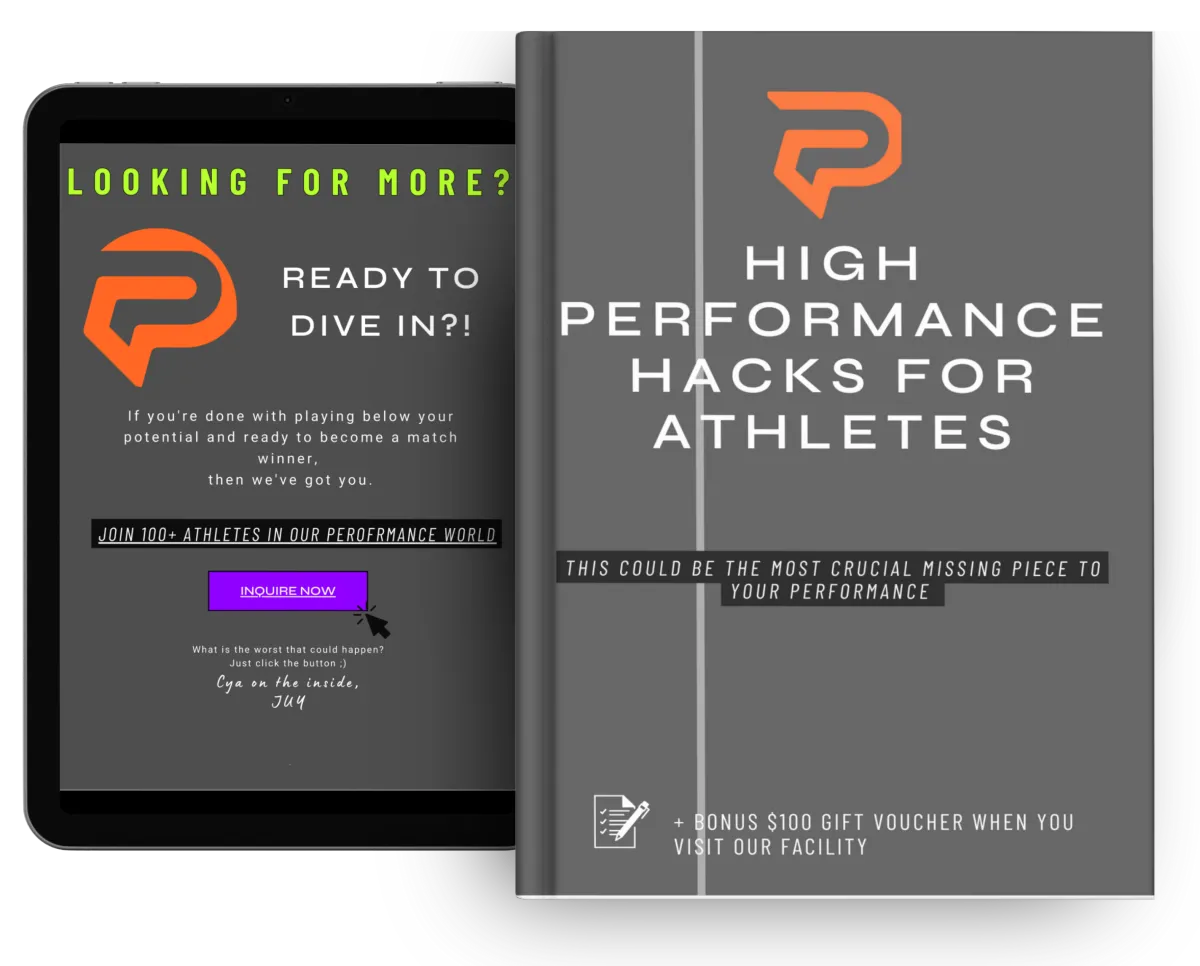



Do you like the look of working with us?
Contact Us
We’d love to hear from you. We consult for individual athletes and sports teams. Tell us what you’re looking for, and we’ll guide you to the services that are right for you (even if that's not with us!).
Website & Marketing Powered By Gymini







